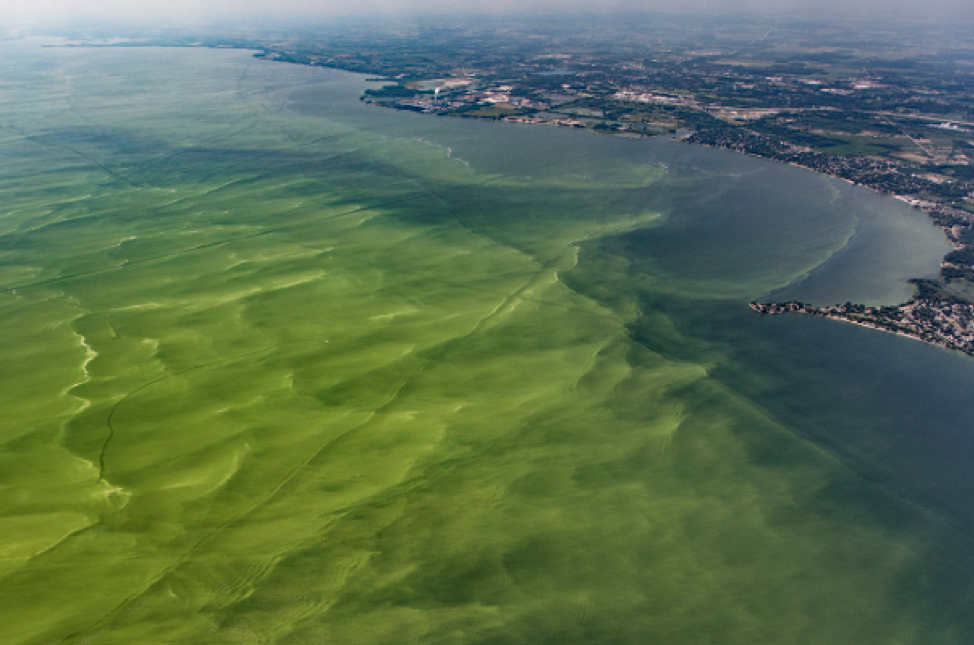By Brian Caldwell, Faculty of Engineering.
Managing reservoirs for water quality, not just flood control, could be part of the solution to the growth of toxic algal blooms in the Great Lakes, especially Lake Erie, every summer.
In a major study involving data from Canada and the United States, researchers at the University of Waterloo identified reservoirs on streams and rivers as sources of food for algae at the worst possible time.
The culprit is dissolved phosphorus released from upstream reservoirs when warm lake water is ideal for the growth of algal blooms, which can cause illness and contaminate water supplies.
“Algae love dissolved phosphorus and when it arrives in the summer, it arrives exactly when they want it the most,” said Nandita Basu, Water Institute Member and professor jointly appointed in civil and environmental engineering and earth and environmental science at Waterloo.
Dissolved phosphorus, which comes primarily from fertilizer, is generally expected only at low levels in rivers and streams in summer following the peak snow-melt in spring.
But researchers found unusually high summer levels of dissolved phosphorus in areas with reservoirs, which are created by damming rivers and streams to hold water back to prevent flooding.
“Our work shows reservoirs can play a significant role,” said Basu, who analyzed data from more than 200 testing locations in Great Lakes watersheds. “They take in phosphorus that is attached to soil particles and release dissolved phosphorus that encourages more algae to grow.”
See the full story here on Waterloo News.

Algal blooms in Lake Erie.